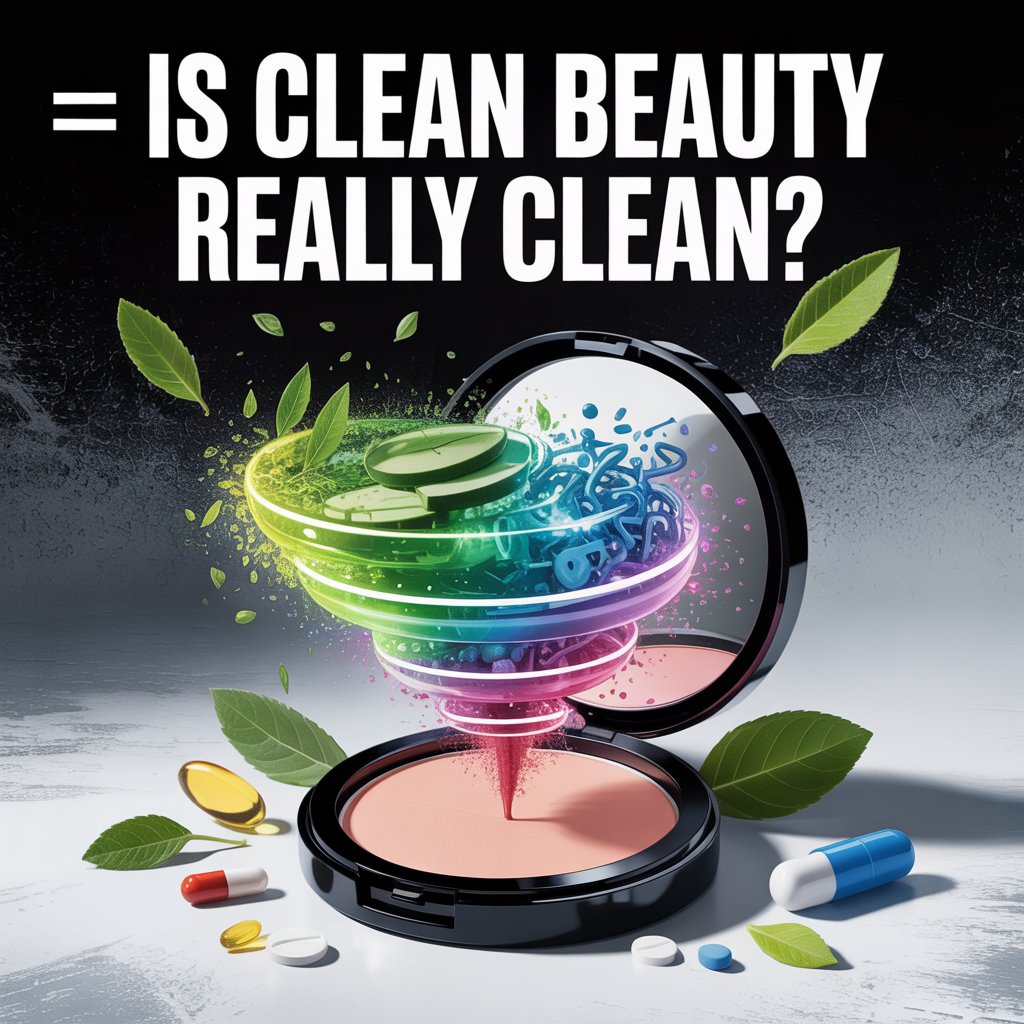< 일러스트 OpenAI의 DALL·E 제공 >
[객원 에디터 9기 / 윤채원 기자] Walk into any beauty store today and you’ll see products proudly labeled as “clean,” “non-toxic,” or “natural.” But what does “clean” really mean in the beauty industry? Unlike medical or food standards, “clean beauty” has no accepted definition. For some brands, it means using ingredients derived from nature. For others, it means excluding certain synthetic chemicals considered harmful to the human body. But the problem is, without regulation, “clean” can mean whatever a company wants it to mean. And as consumer interest in wellness and sustainability grows exponentially, the beauty industry has quickly adopted the term, whether it fits or not.
While clean beauty often evokes images of eco-friendly practices, the industry’s environmental records tell a different story. The global beauty industry produces over 120 billion units of packaging waste each year, much of it plastic and non-recyclable. Even brands that advertise as “green” often rely on plastic tubes.
Furthermore, many so-called natural ingredients, like palm oil or mica, come with high ecological costs. Palm oil harvesting contributes to deforestation and habitat destruction, while mica mining is linked to labor exploitation in countries like India and Madagascar. “Clean” doesn’t necessarily mean “environmentally friendly.”
Clean beauty also promises safety, claiming to protect consumers’ health from harmful chemicals. Some ingredients like formaldehyde releasers, phthalates, parabens, and heavy metals have been linked to health risks such as hormone disruption, allergic reactions, and even cancer. A study by the Silent Spring Institute found a correlation between frequent use of personal care products and higher cancer rates among women of color, particularly due to endocrine-disrupting chemicals in hair and skin products. And yet, many of these harmful substances are still legally allowed in the U.S., often hidden under vague ingredient lists or fragrance labels.
Paradoxically, in the rush to avoid synthetic preservatives like parabens, some clean beauty brands have turned to natural alternatives that are less tested and more likely to cause skin irritation.
As awareness grows, clean beauty is entering a critical moment of reflection. If the industry truly wants to prioritize wellness for people and the planet, it must move beyond vague settings and demonstrate scientifically backed, ethically made, and environmentally responsible products. The Beauty Justice Act shows what real reform could look like. But real change also depends on us, consumers who read the fine print, question the buzzwords, and demand transparency.





